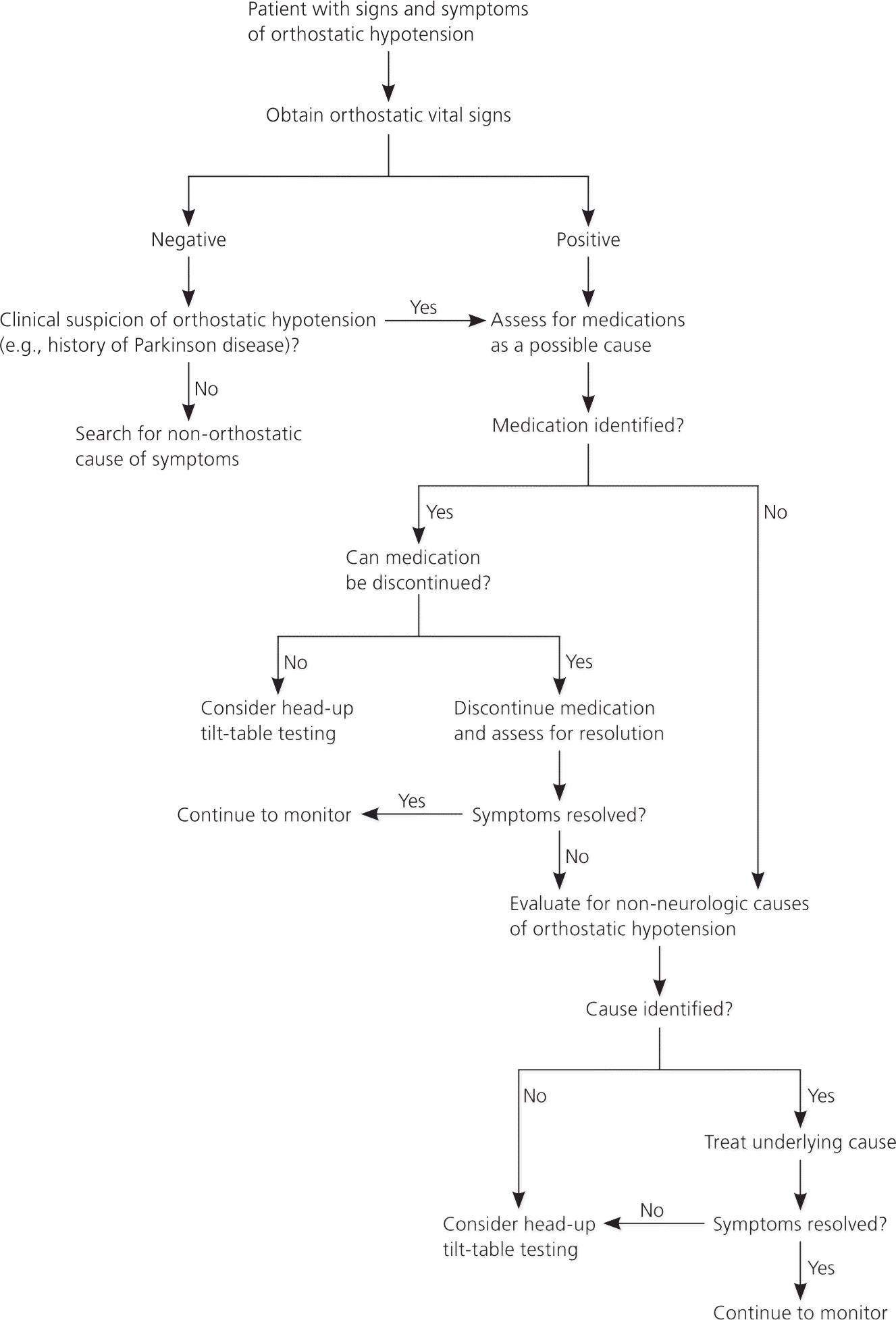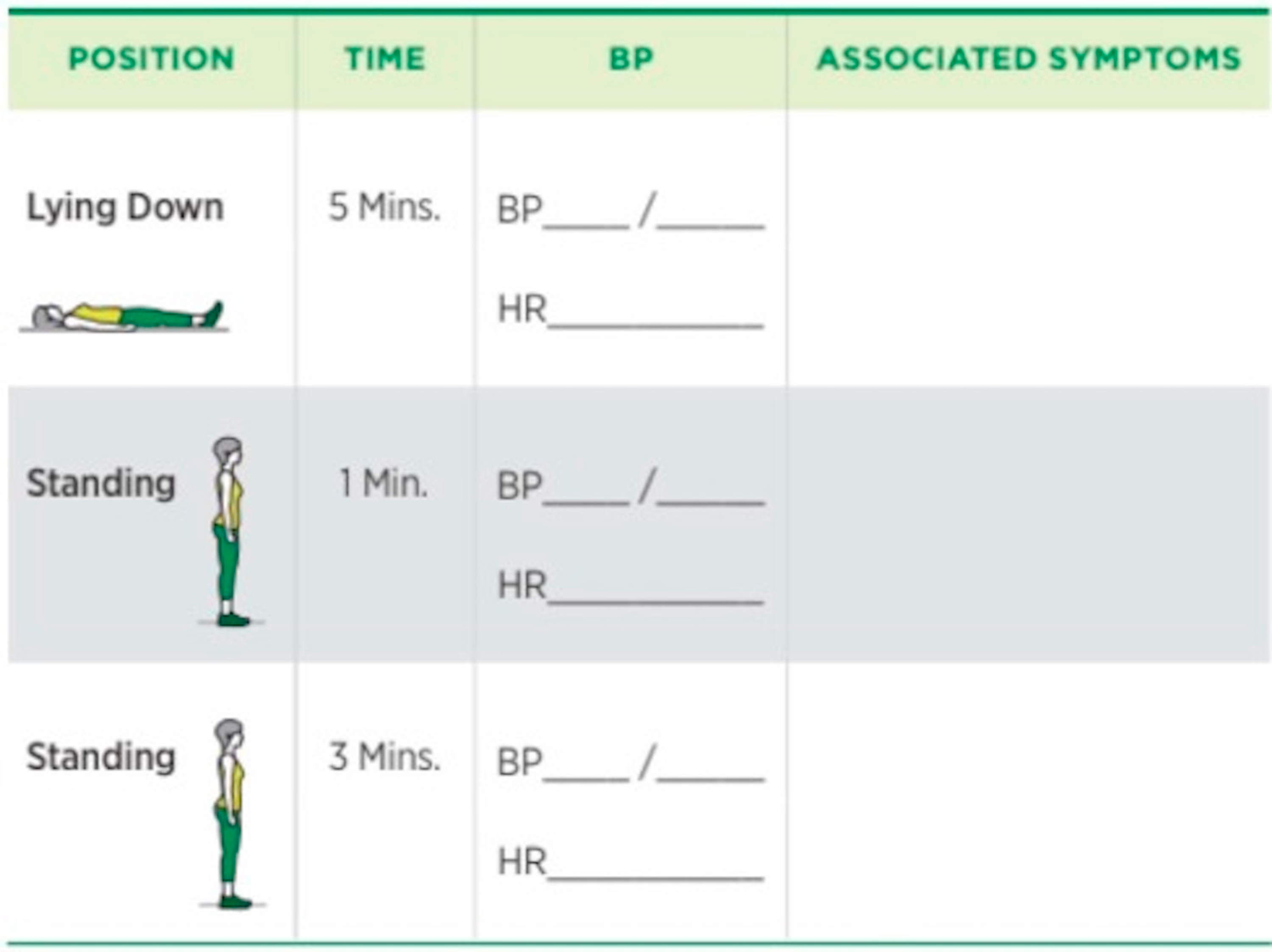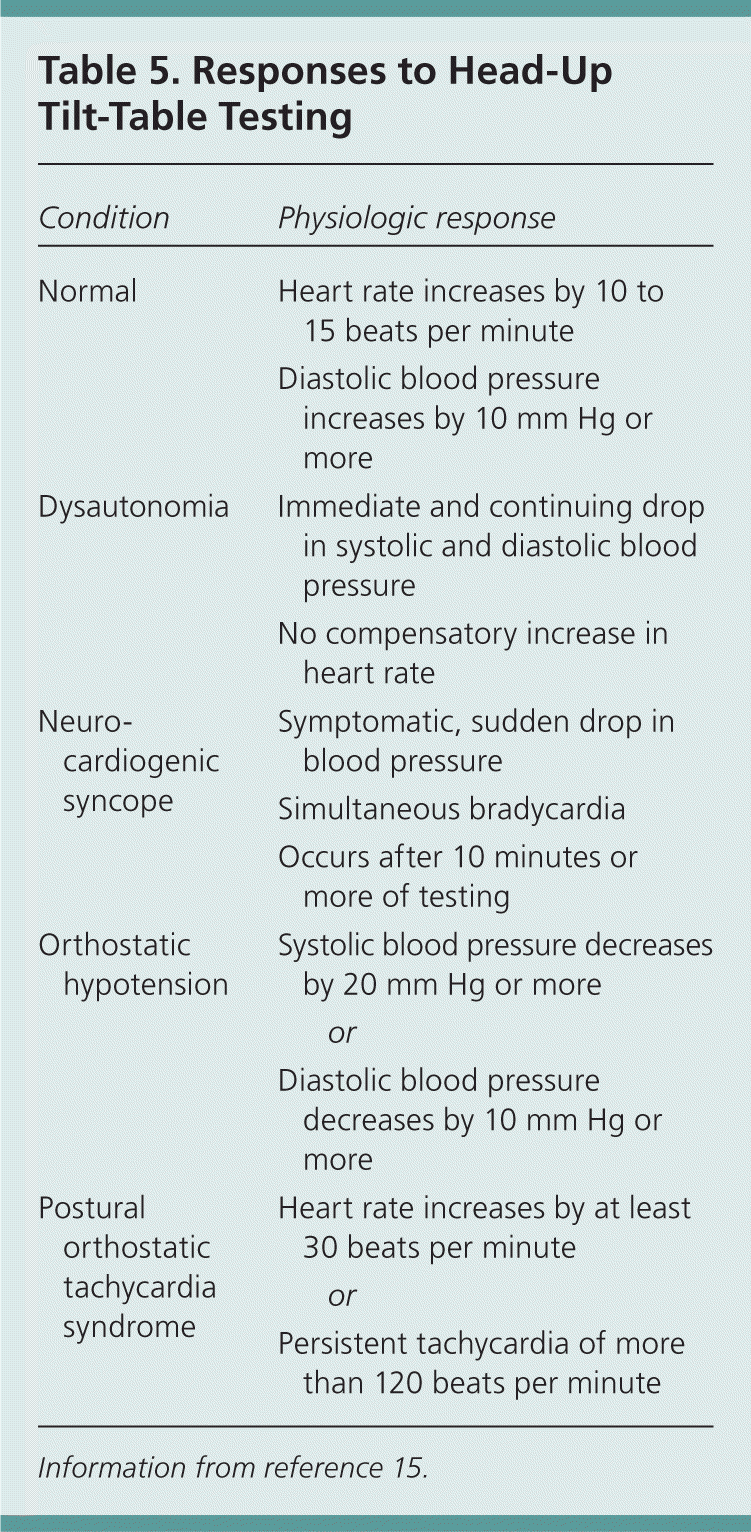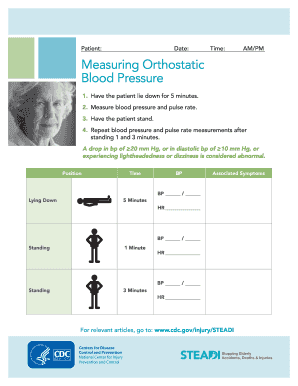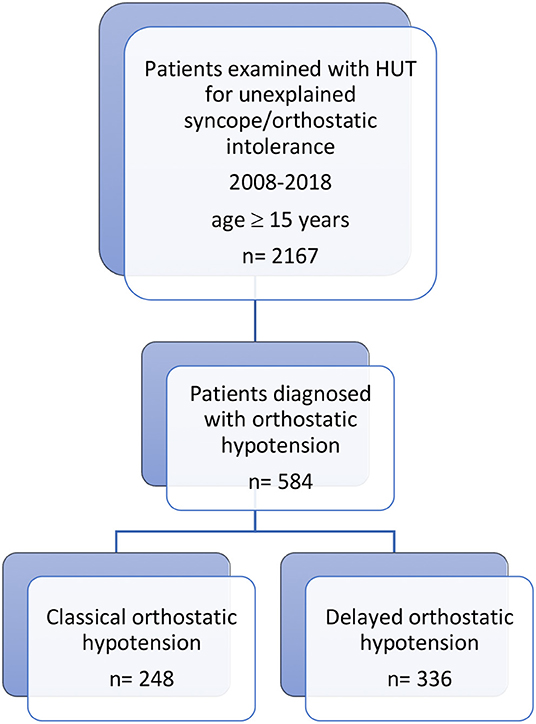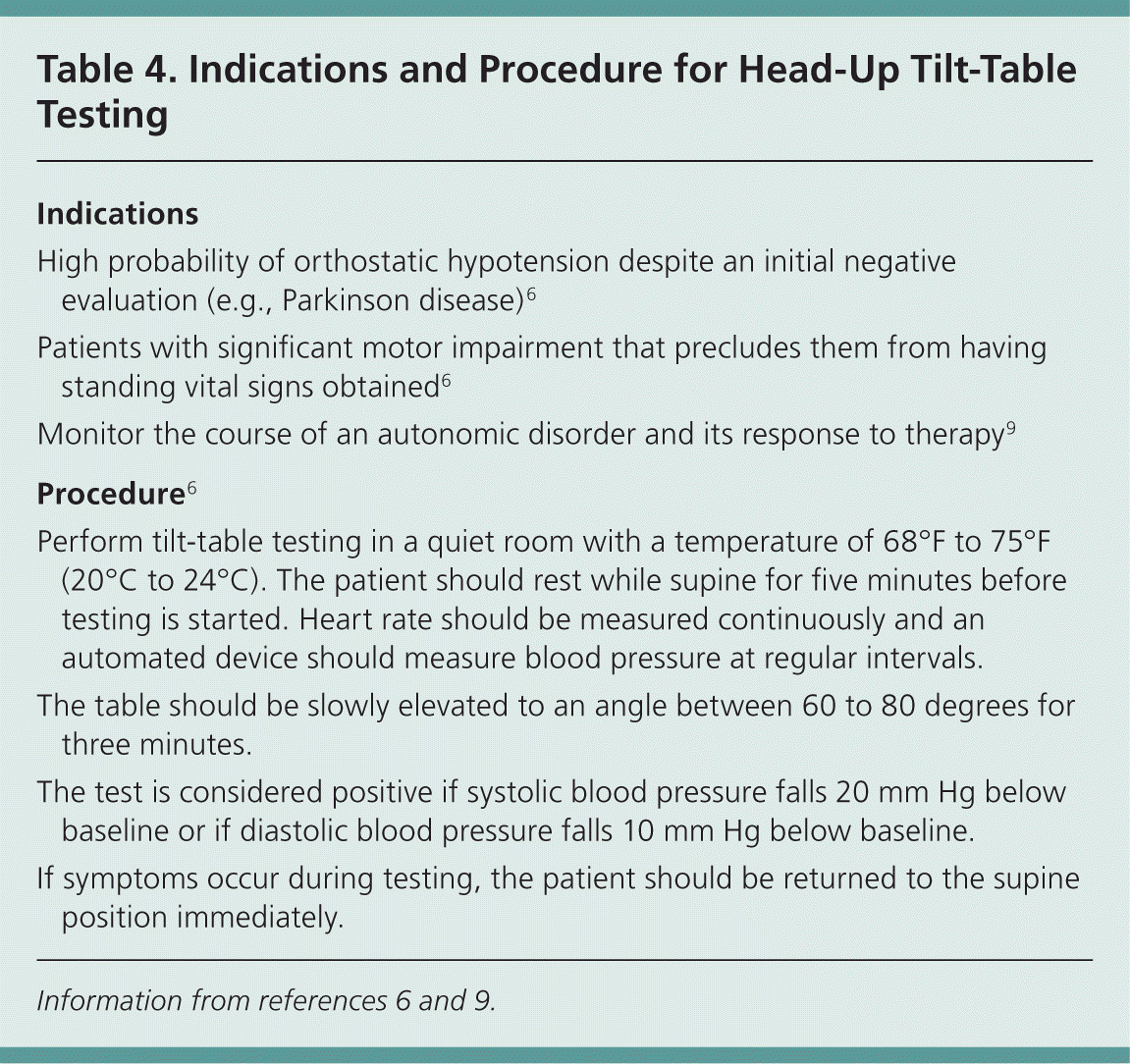Brilliant Tips About How To Check Orthostatic Blood Pressure

This includes checking a second blood pressure within 3 minutes of.
How to check orthostatic blood pressure. Measuring orthostatic blood pressure author: Sit in a comfortable chair with your back supported for at least 5 minutes. Orthostatic blood pressure should be measured at initial visits for hypertension and then periodically.
How to take orthostatic blood pressure measurements 1. Department of health and human services, usa/centers for disease control and prevention \(cdc\)/stopping elderly accidents, deaths &. A tilt table test is given if you faint due to the condition.
Ask the resident to lie down on the bed for five minutes to allow his/her blood pressure to settle to a normal supine pressure. Ask the patient about his or her ability to stand. If youre prone to orthostatic hypotension, these steps can reduce symptoms:
Blood pressure cuff of correct size for the patient. Assess by verbal report and. Dont take very hot baths or showers.
Procedure for measuring orthostatic blood pressure, 1. During the tilt table test, you are secured on a table while lying flat. In the office, 1 minute of standing probably detects nearly all cases of orthostatic hypotension;
Don’t eat or drink anything 30 minutes before you take your blood pressure. Your heart rate, blood pressure and often blood oxygen and exhaled. Have the patient lie down for 5 minutes.
Empty your bladder before your reading. Then the table is raised to an almost upright position. Once they diagnose your condition, your doctor may recommend some lifestyle changes that may help lessen your symptoms, including:
How to check blood pressure for orthostatic # client lie down for 5 minutes# measure blood pressure and pulse rate.# have the patient stand.at repeat blood p. A valsalva maneuver test is when you take deep breaths as the doctor monitors your blood pressure and heart rate. Make sure the cuffed arm is positioned so that the brachial artery is held at the level.
Instruct the patient on the process of orthostatic blood pressure measurement and its rationale. Increasing your fluid and water intake.
